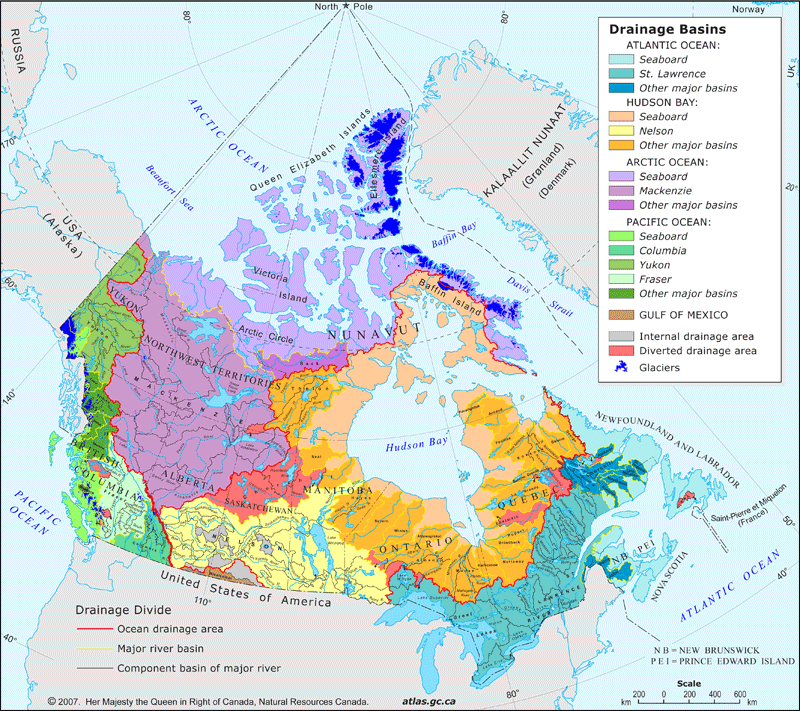Report to Parliament 2015 to 2016: Canada Water Act
Foreword
Erratum
Please note that minor corrections were made to Table 1: Stations within the National Hydrometric Monitoring Network, after the report was posted on the web site.
The Canada Water Act, proclaimed on September 30, 1970, provides the framework for cooperation with the provinces and territories in the conservation, development and use of Canada’s water resources. Section 38 of the Act requires that a report on operations under the Act be laid before Parliament as soon as possible after the end of each fiscal year. This annual report covers progress on these activities from April 1, 2015, to March 31, 2016.
The report describes a wide range of federal operations conducted under the authority of the Act, including participation in federal-provincial/territorial agreements and arrangements, significant water research, and public information programs. It also includes work done under the Act to safeguard the water quality and quantity of Canada’s watersheds. A map depicting Canada’s major drainage areas and drainage flows is provided in Figure 1.
Provisions of the Canada Water Act
The following is a summary of the major provisions of the Act:
Part I, Section 4, provides for the establishment of federal-provincial/territorial arrangements for the establishment of intergovernmental committees or other bodies in relation to water resource management. Sections 5, 6 and 8 provide the vehicle for cooperative agreements with the provinces and territories to develop and implement comprehensive water resource management programs. Section 7 enables the Minister, either directly or in cooperation with any provincial/territorial government, institution or person, to conduct research, collect data and establish inventories associated with water resources.
Part II provides authority for the establishment of federal-provincial/territorial management agreements where water quality has become a matter of urgent national concern. It also allows the Minister to name an existing corporation that is an agent of Her Majesty or that performs a function or duty on the Federal Government’s behalf to plan and implement approved water-quality management programs. The application of alternative cooperative approaches and programs has resulted in Part II never having been used.
Part III, which provided for regulating the concentration of nutrients in cleaning agents and water conditioners, was repealed. It was incorporated into the Canadian Environmental Protection Act in 1988 and later into sections 116-119 (Part VII, Division I) of the Canadian Environmental Protection Act, 1999, which came into force on March 31, 2000. (See the Canadian Environmental Protection Act, 1999 annual reports to Parliament.)
Part IV contains provisions for the general administration of the Act, including annual reporting to Parliament. In addition, Part IV provides for inspection and enforcement, allows the Minister to establish advisory committees, and permits the Minister, either directly or in cooperation with any government, institution or person, to undertake public information programs.
Figure 1: Drainage areas in Canada

© Her Majesty the Queen in Right of Canada, represented by the Minister of Natural Resources Canada, 2017
Description of Figure 1
Figure 1 is a map that shows the five ocean drainage areas in Canada, the major river basins, the internal drainage areas and the diverted drainage areas. A drainage basin, sometimes called a watershed, is an area where all surface water shares the same drainage outlet. Surface water consists of the tiny trickles of water flowing on the surface of the earth that develop into larger streams and eventually combine to form a river. The boundary of a watershed is called a drainage divide.